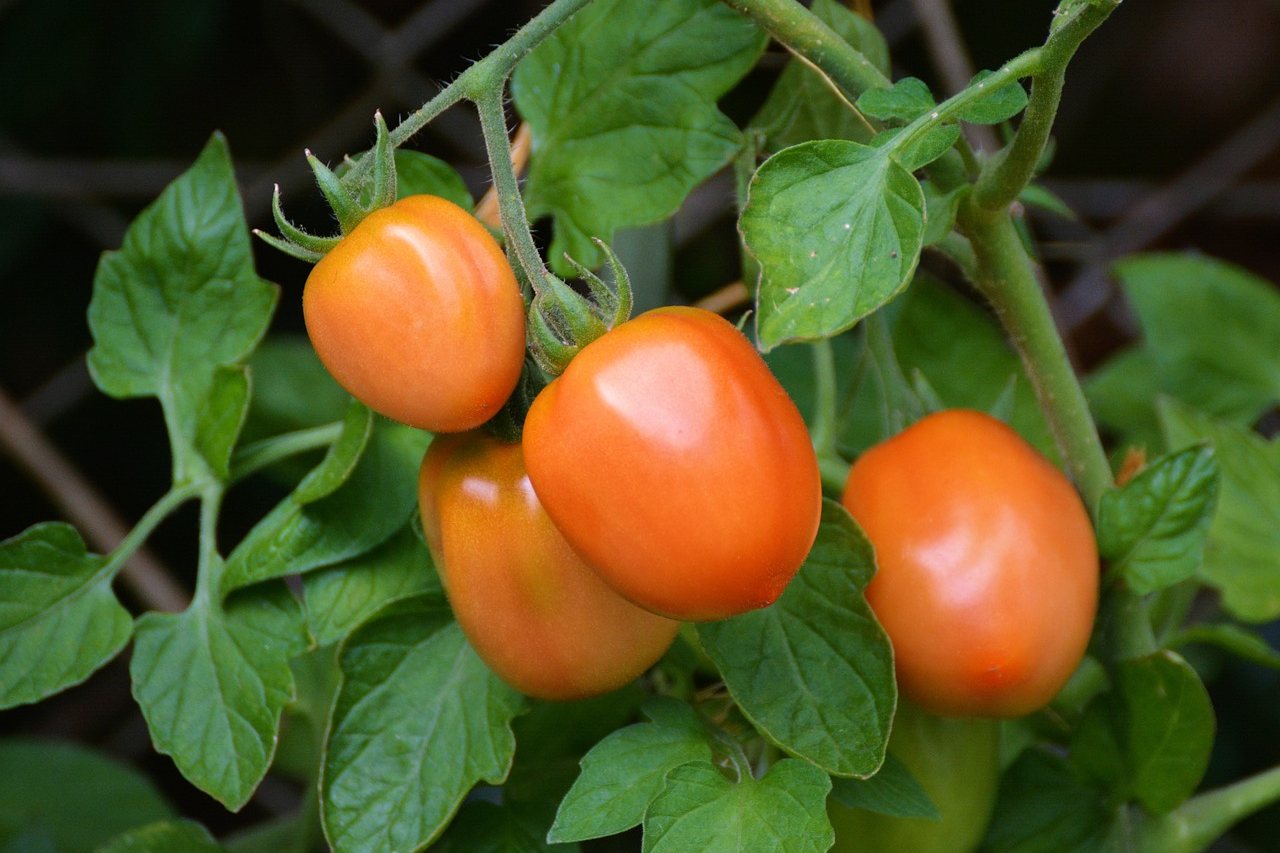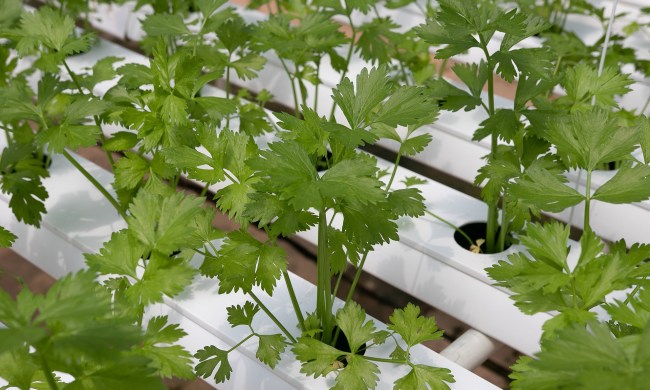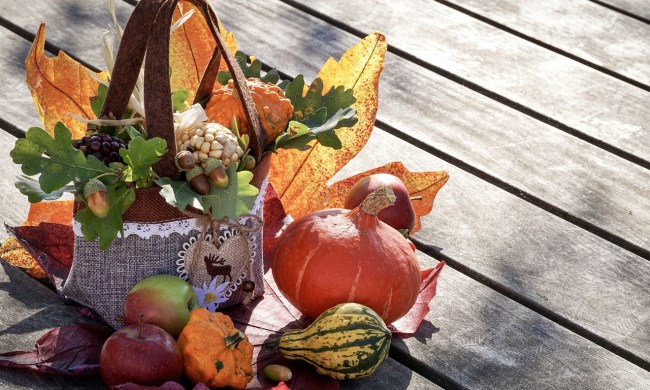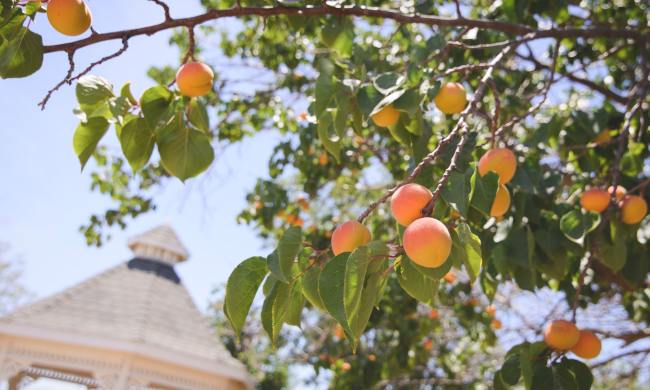Consisting of the southernmost parts of the U.S., zone 10a is a rich region for a wide range of plants. While you might need to keep an eye out for your tender herbs and cold-loving plants, many flowers, succulents, and plants can thrive in zone 10a’s warm temperature outdoors. That doesn’t narrow things down much, so how do you choose the best plants for your garden, and when should you start planting them? This zone 10a planting guide will answer all your questions so you can successfully plan the garden of your dreams.
What is a climate zone?

With the Plant Hardiness Zone Map, the U.S. Department of Agriculture has divided the country into 13 different climate zones based on average annual minimum temperature ranges. Zone 1 has the coolest temperatures, while zone 13 has the warmest ones.
Labels at nurseries often indicate where a particular plant is hardy. If plants fall in your hardiness zone, they are perennials in your area, which means they can last more than one growing season there. Understanding climate zones is a great starting point for planning out your garden, but also consider the conditions of your specific microclimate when picking out plants.
Where is zone 10a?

Zone 10a consists of parts of California and Hawaii, in addition to coastal Texas, Louisiana, and Florida. Zone 10 divides into zone 10a and zone 10b, with zone 10a being the cooler half. Average minimum temperatures in zone 10a range between 30 and 35 degrees Fahrenheit (as opposed to zone 10b’s 35 to 40 degrees Fahrenheit). Zone 10a generally features warm temperatures and humid conditions throughout most of the year.
What grows best in zone 10a?

Because zone 10a is a warm area, it’s a welcoming habitat for many plants, including tropical plants. A note of caution: You might want to be careful with heat-sensitive plants. If you have a plant that’s more cold hardy than heat hardy, leave it in the shade or use shade cloths to keep it cool. Remember to stay consistent with watering and mulching when tending to your zone 10a plants.
Zone 10a flowers
Because of its high temperatures and ample sunlight, zone 10a is hospitable for many perennial flowers throughout the year. Some flowers that do particularly well in this region include gerbera daisies, camellias, azaleas, and daylilies. Pollinator-attracting wildflowers, such as columbine, yarrow, sunflowers, and coneflowers, are also great low-maintenance blooms for a zone 10a garden. If you’re interested in lush tropical blooms, consider orchid and hibiscus flowers for your garden. Zone 10a flowers love full sun, but remember to water them consistently when summer hits.
Zone 10a succulents and tropical plants
Zone 10a can be a habitable environment for everything from succulents to tropical plants. Succulents, such as aeoniums and aloes, do well in zone 10a because of its warm temperatures, but you want to keep these in well-draining soil. Landscaping plants that are otherwise houseplants in other zones also thrive here — think elephant ears, peace lilies, ponytail palms, bird of paradise plants, and snake plants. Rex begonias can also do well in zone 10a, but you should leave them in an area that receives ample humidity.
Zone 10a trees
You can plant many different types of trees in zone 10a. Flowering fruit trees can do especially well in this region, including fig, peach, persimmon, and avocado trees — without much frost, you can expect year-round harvests if you’re lucky. Because zone 10a is such a warm area even in the winter, consider fruit trees with low-chill requirements. If you’re more interested in decorative trees for your outdoor space, you can shop around for pine, palm, and acacia trees. It’s always helpful to look around your local garden center to find trees that are perennial to zone 10a to ensure that your new plant has a good shot at survival.
What does a zone 10a planting schedule look like?

Zone 10a features relatively mild winters, so you can grow things throughout the year without worrying too much about frost. The first frost usually hits around mid-December, but the last frost comes quickly around the end of January. This means you can start sowing seeds into the ground as early as February. You can play it safe by starting seeds inside during the winter holidays and then transplanting them into a garden bed about a month later. You can also wait for the soil to reach at least 50 degrees Fahrenheit before directly sowing seeds outside — warm soil is better for germination.
Herbs do best when you start them in cooler months at the end or beginning of the year. If you plan on growing herbs a little later, stick with heat-tolerant kinds, such as lavender, rosemary, and sage. When you get into February, that’s when you’ll want to start heat-sensitive plants and bulbs.
In late spring, around May or June, grow heat-tolerant plants, such as sweet potatoes and hot peppers. When you reach the height of summer, that’s when you can begin tropical vegetables, such as chayote. In August, start autumn veggies such as tomatoes, pumpkins, squashes, and eggplants.
Mapping out your zone 10a landscape
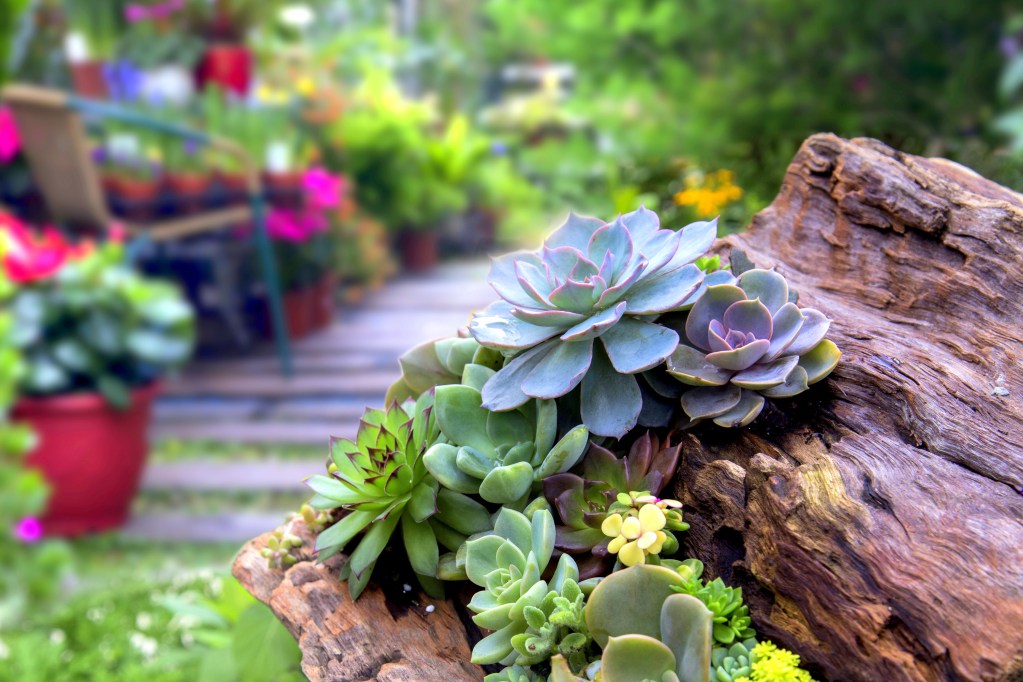
Your specific local region will determine what plants do best outside of your home, but generally, you’ll want to build a zone 10a garden landscape that can accommodate high temperatures. More often, you’ll want to create a drought-tolerant landscape. You can mix and match some of the plant options above, but you can also go for a more cohesive look. When it comes to drought- and heat-tolerant designs, rock or gravel gardens and cacti and succulent arrangements are commonplace options.
If you live somewhere that’s more humid, consider infusing your garden space with tropical plants — think palms, ferns, and bird of paradise plants. A whimsical cottage garden may not be as suitable for this region, but investing in native wildflowers and looking for heat-tolerant blooms can increase your chances of success. Remember to do your research and bring in plants that you can support in terms of light, water, and space.
What is the difference between zone 10a and zone 10b?

If you’re close to the border between zones 1oa and 10b, you may be wondering what the difference between them is and whether you should be concerned about which you truly fall into. Luckily, the difference between these subzones is simple and fairly small. Zone 10b has slightly warmer winters, typically with an average difference of about 5 degrees Fahrenheit. This difference is big enough to feel, but doesn’t have a major impact on the types of plants you can grow.
Plants that need the temperature to dip below freezing in order to grow properly may struggle in zone 10b, and plants that can’t tolerate any amount of freezing might face some problems in zone 10a. However, the majority of plants that can grow in one zone can also grow in the other, so if you’re on the edge between the zones, don’t panic.
Though zone 10a has temperatures that fall on the cooler average minimum range of zone 10, it’s still a relatively warm area that can welcome many plants. Whether you’re looking to incorporate flowers, succulents, tropical plants, or veggies into your zone 10a garden, you have a vast range of options available to build a beautiful, productive landscape.
